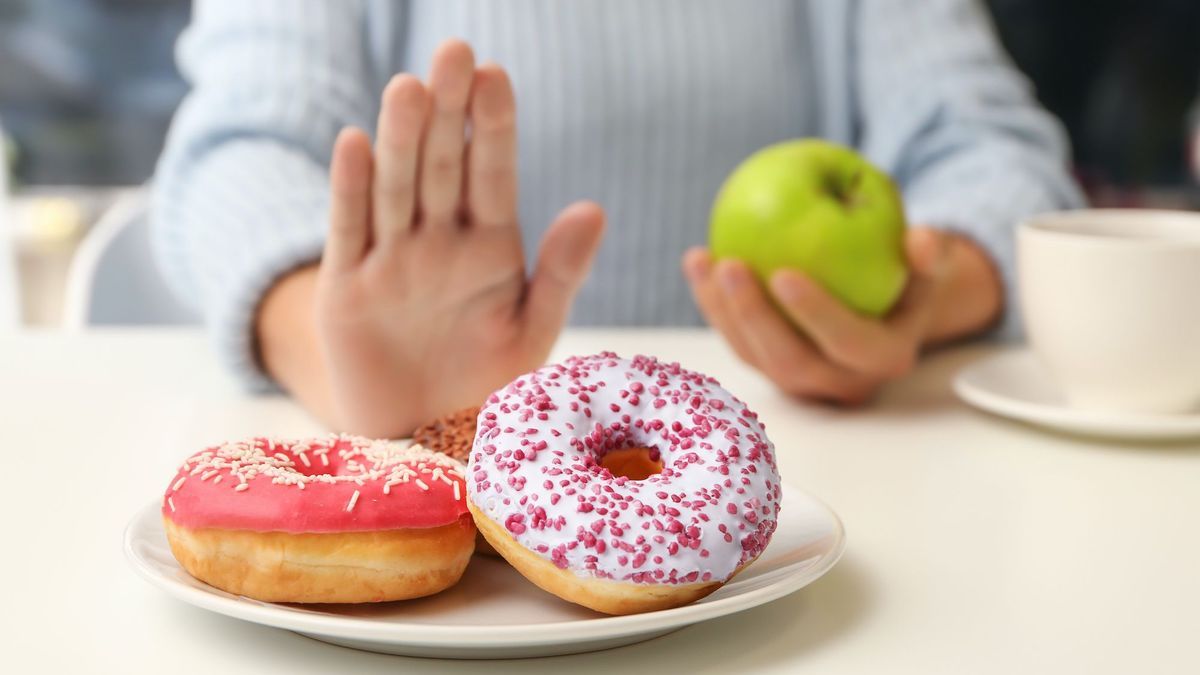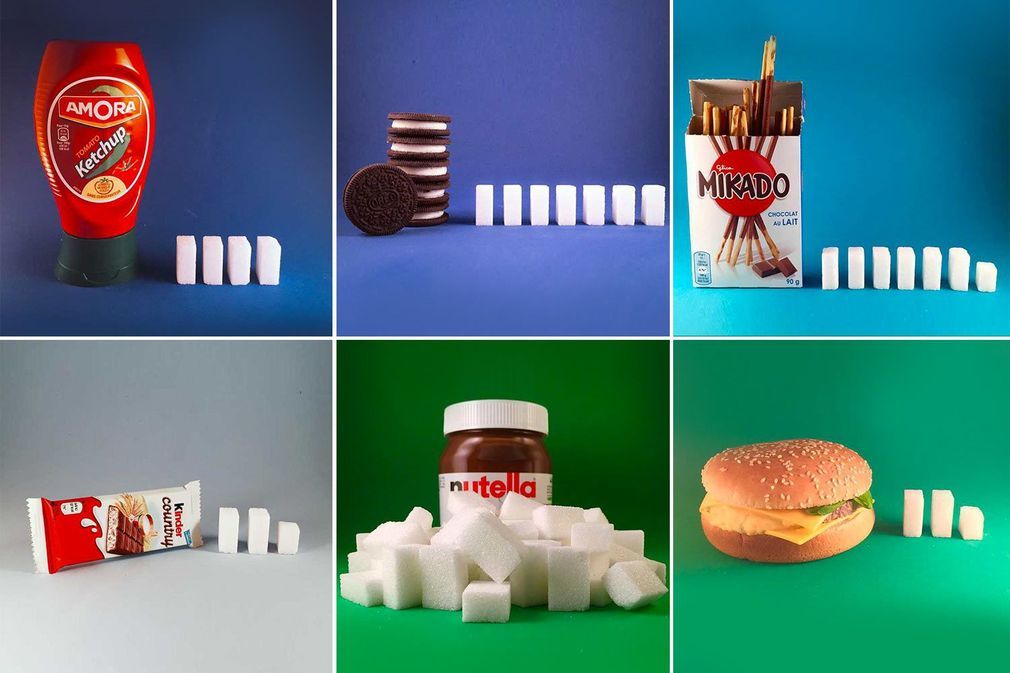
In line with Dry January or No Tobacco Month, an association fighting liver diseases launched “June without added sugars” last year. The challenge invites us to become aware of the quantities of sugar consumed on a daily basis.
According to an ANSES study, hidden sugars are present in 77% of processed foods and many of us consume too much of them. On average, the French consume 90 grams of sugar per day… far from the 25 grams recommended by the World Health Organization. To become aware of this and act on it, SOS hepatitis & liver diseases has launched a challenge in 2023 planned for the entire month of June, “June without added sugars”. He's back this year.
Spotting sugar in your daily life
Like Dry January in January or No Tobacco Month in November, June without added sugars suggests reducing your consumption of added sugars for a month, or even trying to eliminate it completely.
The objective, however, is not to ban or demonize sugar, but to learn to decipher labels and identify hidden sugars in foods, “it’s to help people become aware of their sugar consumption”indicates Dr Mélin, hepatologist at the origin of the challenge.
The association offers three levels of participation so that everyone goes slowly (but surely) at their own pace and questions their own consumption:
- Sympathetic;
- Engaged ;
- Ambassador.
But what actually is added sugar?
As its name suggests, added sugar is all the sugar that will be added to a preparation. But if this is easy to spot in a homemade preparation (in a cake for example), this added sugar is much less visible in an industrial preparation. Some industrial compotes, for example, only contain fruit sugars, others add sugar.
Furthermore, sugars can be added under dozens of different names, in sweet products (desserts, biscuits, etc.), but also in products considered salty (grated carrots, canned ratatouilles, pretzels, etc.). Hence the interest in knowing the labels.
How to decipher the labels?
To find out if a product contains added sugars when shopping, you must look at the list of ingredients which presents them each in order of importance. If sugar is in second or third position (or even first), this should alert you! But that's not all you need to know. Indeed, sugar being represented by 52 different mentions, there can be several different sugars in the same product (up to 7)!
Among them you will find:
- Natural sugars (sugar, beet sugar, brown sugar, caramel, etc.);
- Anything that is “syrup” (glucose, corn, malt, etc.);
- Nouns that end in “ose” (glucode, fructose, lactose, sucrose, etc.);
- Totally different names (starch, dextrin, molasses…).
And yes, they all contain… added sugars!
It is becoming urgent to reduce your sugar consumption
Reducing your daily consumption of added sugars is, of course, beneficial for taking care of yourself and staying in shape, but not only that. As Dr Mélin points out, our excessive consumption endangers our health, being responsible for health problems such as diabetes, cardiovascular disorders and obesity, or even fatty liver disease. Furthermore, as he points out, 4,000 deaths in Europe are due to cirrhosis linked to excessive sugar consumption.
However, it’s difficult to do without sugar? Don't be so sure! Last year the project obtained more than positive results, although it was not known: “88% of participants declared having reduced, partially or completely, their consumption of added sugars,” indicates the association. “And six months later, 45% of respondents continued to consume much less than before, and 38% a little less” says Dr. Mélin. Will we do better this year? To find out, all you have to do is register on the site JunesanssucresAddes.org.
NO to diets, YES to WW!
Some tips for meeting the challenge
Doing without added sugars or reducing your consumption is not that complicated. Some tips are even very simple:
- Eat properly and consume enough protein to avoid craving something sweet;
- Also get enough sleep, as lack of sleep can disrupt the hormones of hunger and satiety;
- Favor natural and healthy sugars, such as fruit or sweeten your yogurts with fresh fruit, cinnamon or cocoa, to satisfy your sugar cravings;
- Halve the amount of sugar suggested in a recipe;
- Think about relaxation if sugar cravings are linked to moments of stress at home…
In the meantime, you can also apply these few rules to make it easier to do without sweet foods.

